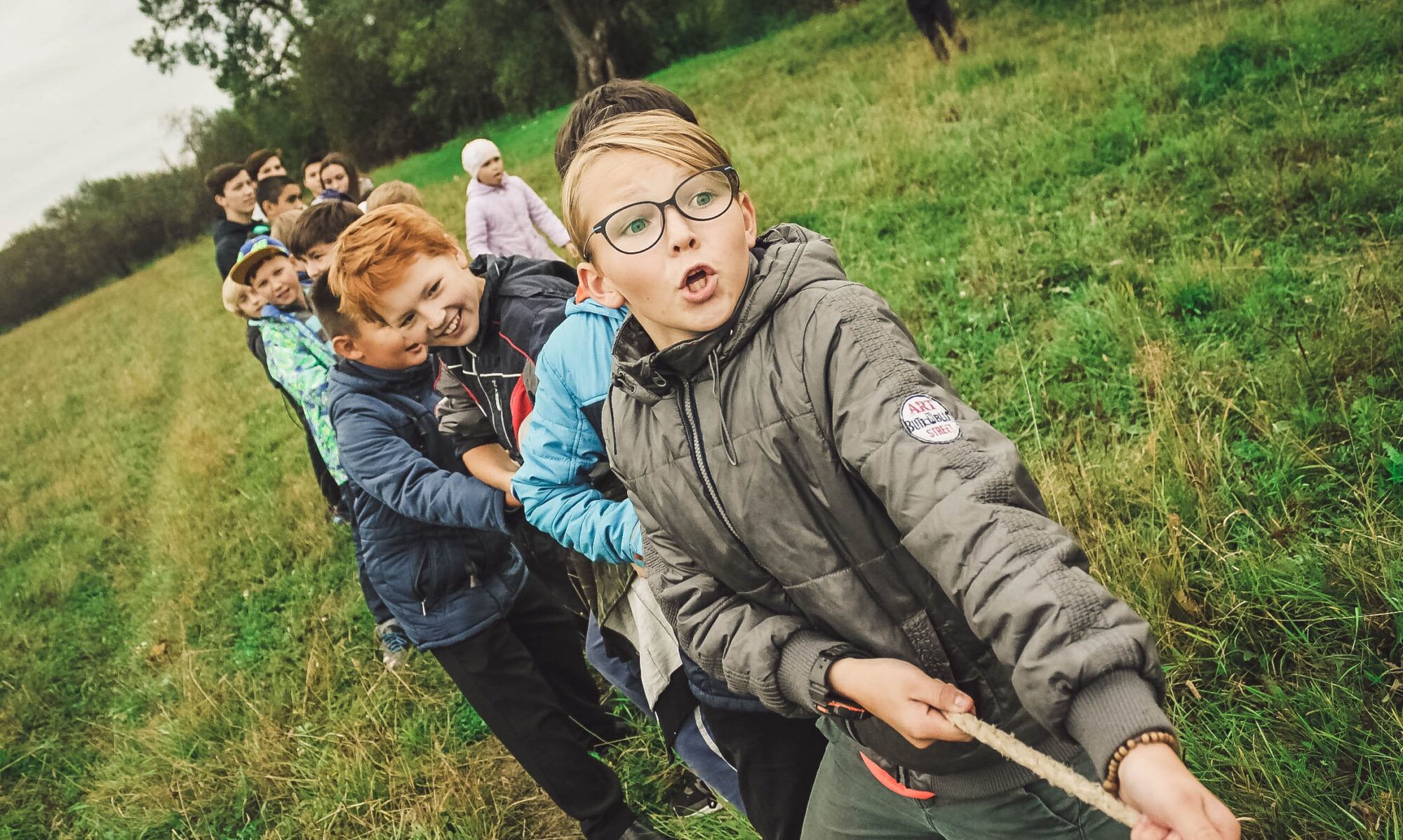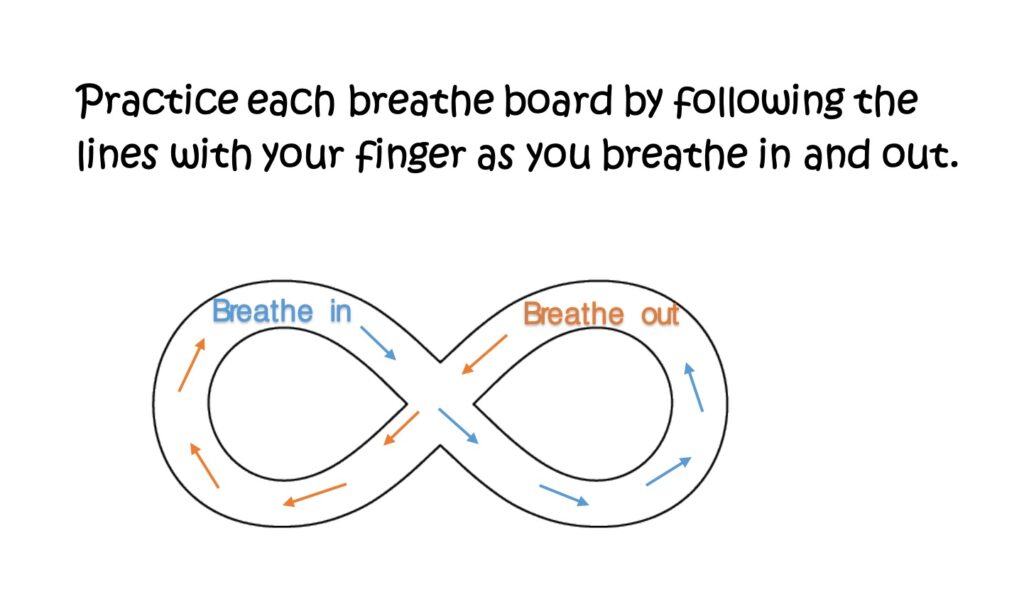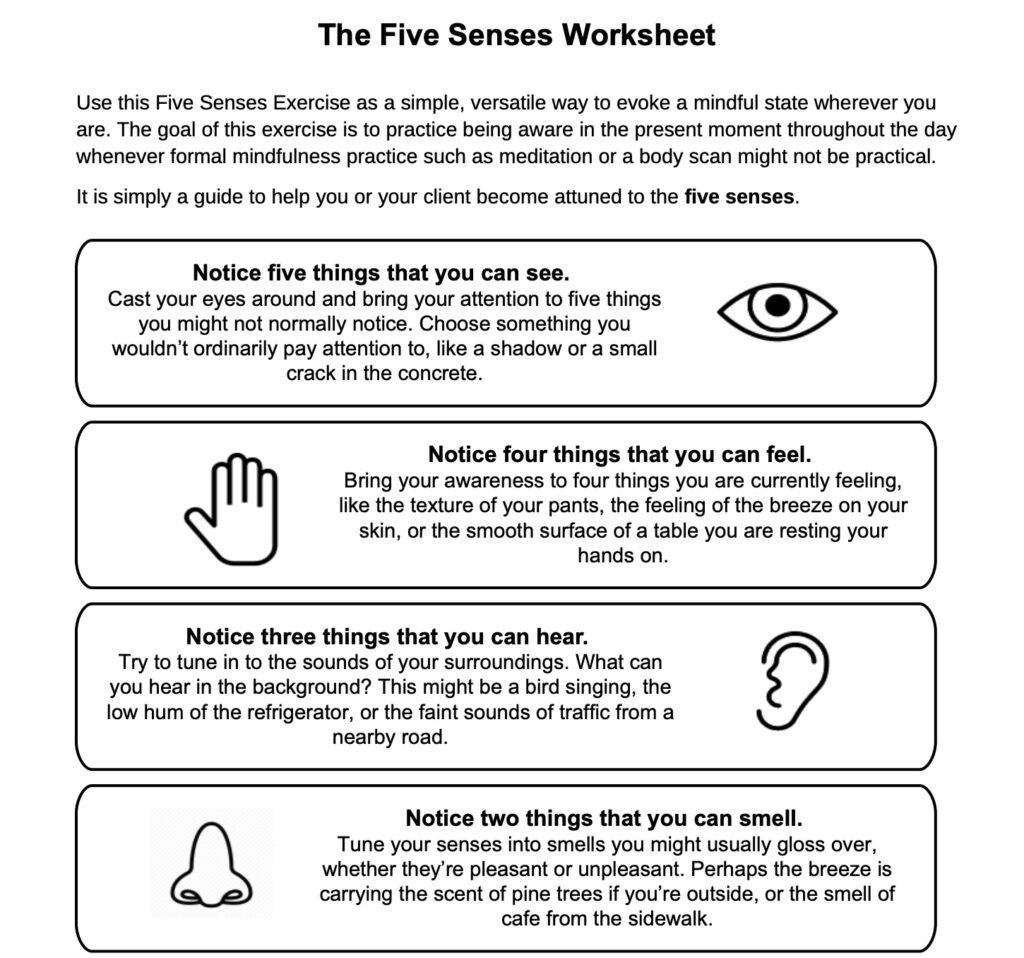Now, more than ever.
Many schools have an advisory structure to promote strong relationships and a sense of close community. And advisory already serves many purposes. It can be a place for close bonds, adult mentoring, connection and also great fun! But have you ever thought of advisory as a place for practicing mindfulness?
Stress levels are pretty high in schools right now.
Both students and teachers are complying with stringent regulations in order to keep schools safe. Given the tone of stress in the world, it makes sense to bring a little calm and peace to school structures.
Mindfulness is a term given to a range of practices and strategies. It’s become a bit of an umbrella term to cover meditation, yoga, stretching, and all stress and anxiety reducing practices. And mindfulness works! Research has shown that it can reduce stress, help you focus, improve physical well-being, and support socio-emotional growth. It may even make you better at math.
When schools start the day with advisory, why not embed mindfulness strategies? Especially now, when stress levels are high. It can be helpful for students and teachers alike. Mindfulness is not only about bringing peace, calm and stress reduction. It also slows the pace of interaction and behavior to support social-emotional learning. I’m so grateful to counselors at Rutland Middle School, in Rutland VT, for bringing me this high powered and simple strategy.
Here are seven mindfulness activities for advisory.
1. Rainbow Walk
A Rainbow Walk is great because it combines movement with careful observation. Follow the directions here to engage in a walk that involves paying close attention and being present. It’s a simple activity: get your advisory outside and turn them individually loose for a set period of time. As they walk, ask students to take note — either internally or with paper and pencil, or even a phone to snap photos — of one item that’s red. And one item that’s orange. An item that’s yellow. Green. Blue. Indigo. And finally, violet.
If you pulled all those phone photos together, for instance, where could you store your students’ crowd-sourced rainbow? How could it inspire further moments of mindfulness throughout the day?
2. Yoga!
You can show this six minute video to your students, and all practice together. It involves very small movements and stretches that can be done at your desk. Or try a more explicitly Gentle Chair Yoga practice at your desks, or get outside (yes again) and stretch all over. Yoga plus direct sunlight? Yes please!

3. Following a Breathing Board
Either print out or send to devices the diagrams and visuals in this document (.pdf) to assist in breathing in and out. Just sit for a hot second and… breathe. When was the last time any of us made time for that?
4. Mindful coloring
Very slow and deliberate coloring can be a great way to reduce stress and focus. Use the resources from this site to help yourself and your students find peace and calm.
5… Senses Exercise
Use this worksheet (or do it verbally) to guide yourself and others to be more attuned to the five senses.
This is a recognized exercise that people often use to de-escalate anxiety, and it’s quite possible we all could use having something like this in our back pockets right about now.
6. “The Gift of You” Exercise
This exercise may work better with younger children, but there is still something lovely to be learned about the “gift of yourself”. Try it.
7. Box (or square) Breathing
I first learned about “the box breath” from Rising Strong, by Brene Brown. She learned it from Mark Miller, a Green Beret who teaches the breathing technique as it’s used in the military. This explains it well. But basically, you use inhalations and exhalations to construct a virtual box that helps you focus on actually feeling the effects of breathing on your body. It’s an amazing and simple relaxation and mediation strategy.
But you do you.
These are just seven of many mindfulness activities out there that can be embedded into an advisory routine. You might try an activity for a day or two, or you might engage your students in a whole week focused on mindfulness strategies. Whatever you do, make it accessible for the educators in the room, too. Mindfulness is one of many self-care strategies that our teachers need now, too. It deserves to find a time and space within the school day.
I’d love to hear from educators who are using mindfulness in the classroom. Is anyone out there practicing it in advisory? Tell us your stories.





One Reply to “7 mindfulness activities for advisory”
Comments are closed.